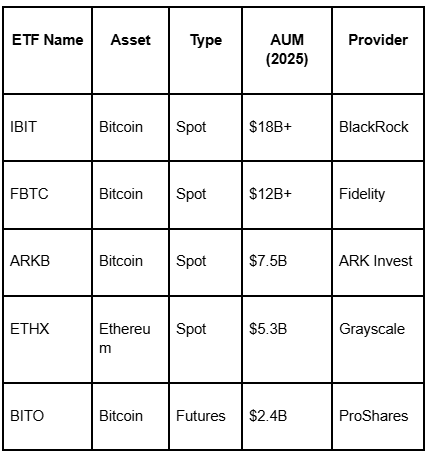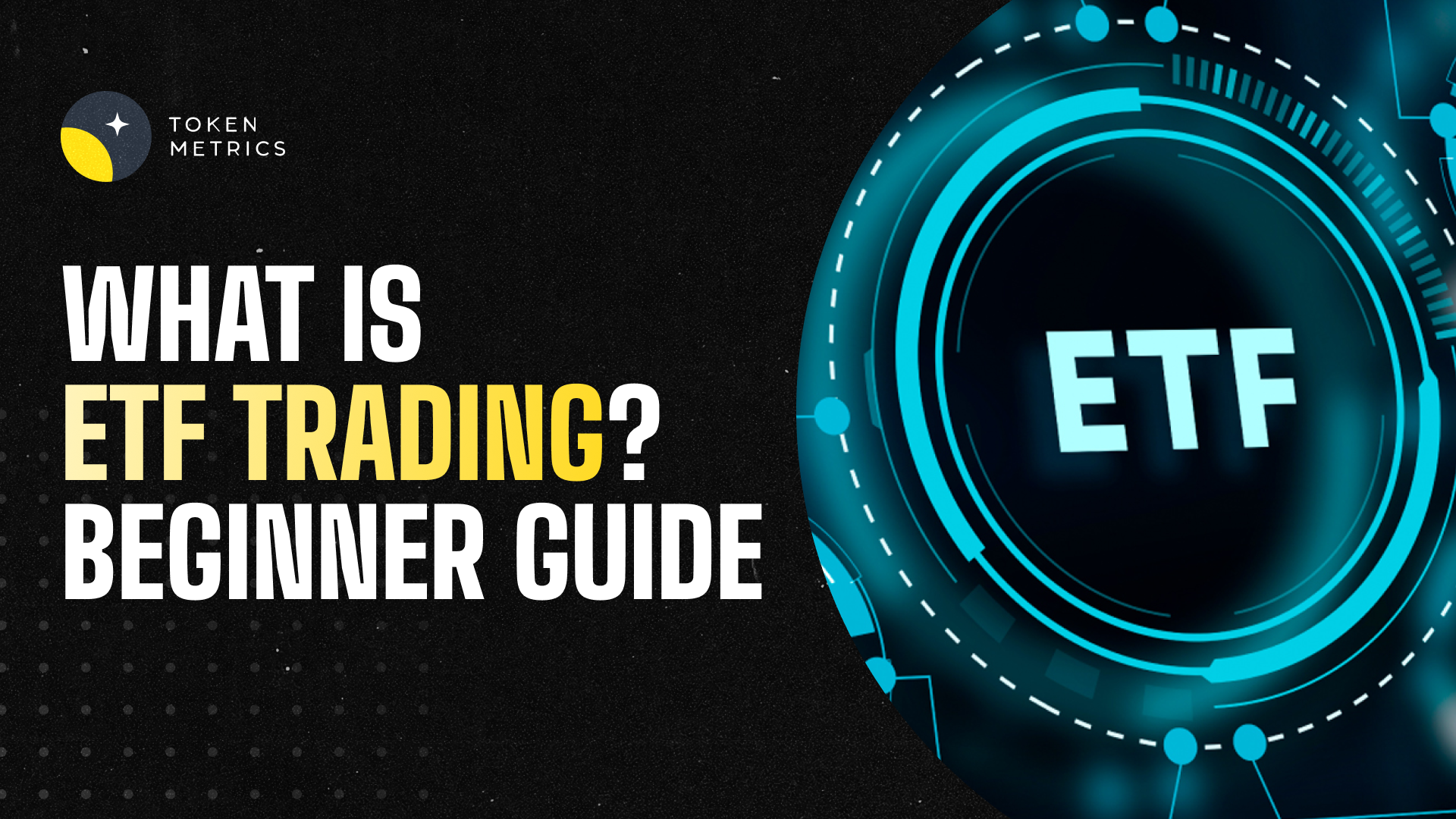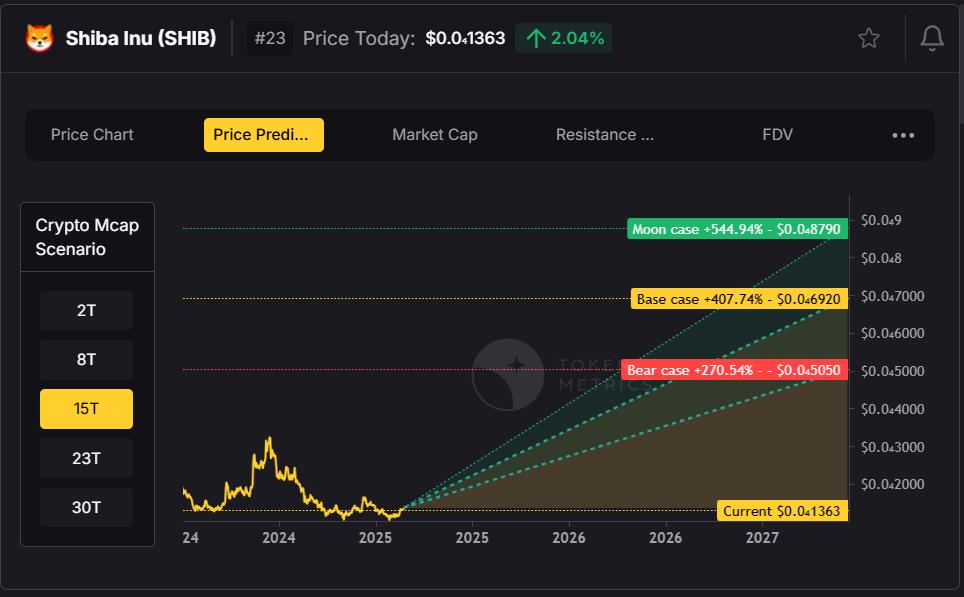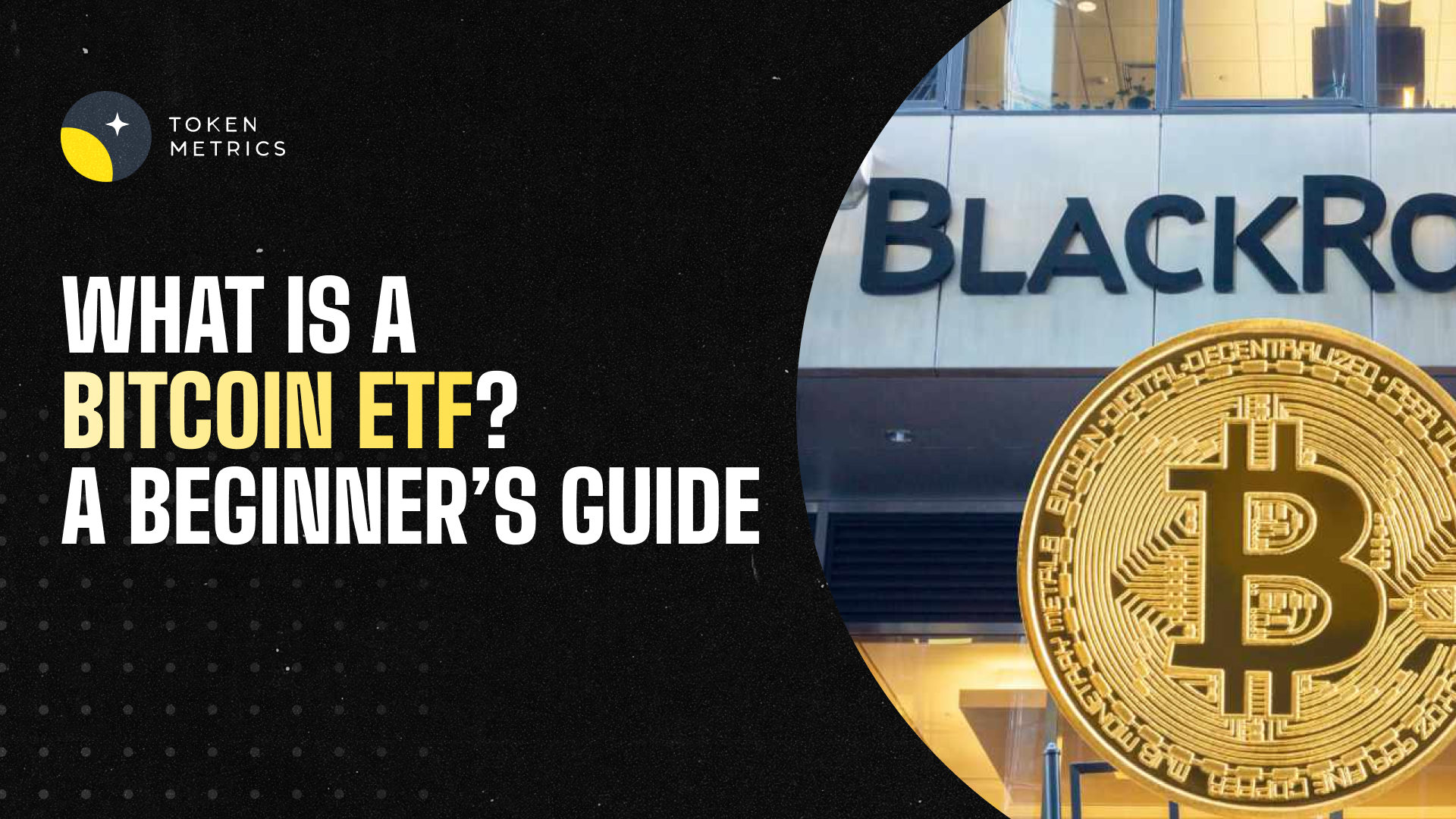Liquid Staking - A Comprehensive Guide to Getting Started

Cryptocurrency enthusiasts are always on the lookout for new and innovative ways to make the most of their digital assets. One such method that has been gaining traction in recent years is liquid staking.
This approach allows users to stake their tokens in proof-of-stake (PoS) blockchains while maintaining liquidity and participating in other decentralized finance (DeFi) activities.
In this article, we will explore the concept of liquid staking, how it works, its advantages and disadvantages, popular cryptocurrencies that support this method, and how you can get started.
Understanding Staking and Its Benefits
Before delving into liquid staking, it's essential to grasp the concept of staking and its benefits. Staking involves locking up a certain amount of tokens in a PoS blockchain network to support its operations and security.
In return for staking, participants can earn rewards in the form of additional tokens. Staking provides several benefits, such as incentivizing token holders to act in the network's best interest and maintaining the blockchain's security and integrity.
What is Liquid Staking?
Liquid staking takes the traditional staking model a step further by allowing users to stake their tokens and receive a separate token, known as a liquid staking token (LST), in return.
These LSTs represent ownership of the staked tokens and can be freely traded, used in DeFi protocols, or transferred to other users. This innovative approach allows users to access liquidity and utilize their staked assets while potentially earning staking rewards.
How Does Liquid Staking Work?
Liquid staking involves a three-step process: staking, issuing liquid staking tokens, and unstaking. The first step is similar to traditional staking, where users lock their tokens in a designated smart contract on a liquid staking platform. The platform then verifies the tokens' legitimacy and stores them securely.
In the next phase, the platform issues the users liquid staking tokens (LSTs) as receipts for their staked assets.
These LSTs are pegged to the value of the original tokens and can be used in various DeFi protocols and blockchain applications. The platform also utilizes the staked assets for native staking, earning rewards from securing the PoS blockchain.
When users decide to unstake their tokens, they must burn the corresponding LSTs. This process typically incurs a fee, and the platform verifies the burn transaction on-chain before returning the unstaked tokens to the user.
It's important to note that liquid staking platforms may also impose a bonding period, during which users may have to wait before receiving their unstaked tokens.
Advantages of Liquid Staking
Liquid staking offers several advantages over traditional staking methods. Firstly, it provides increased accessibility and flexibility to users.
Unlike traditional staking, which often requires a bonding period, liquid staking allows users to unstake their tokens and access liquidity immediately. This flexibility enables efficient capital allocation and utilizing staked assets in other financial activities.
Secondly, liquid staking enhances the liquidity of staked assets. Traditional staking typically locks up the tokens for a specific period, restricting their use and trading. With liquid staking, users receive LSTs that can be freely traded, swapped, or used as collateral in lending protocols.
This additional liquidity opens up a world of possibilities for users, allowing them to maximize the utility of their staked assets.
Liquid staking also promotes the composability of DeFi protocols. By enabling users to use their LSTs in various DeFi platforms, liquid staking enhances the interoperability and integration of different applications within the decentralized ecosystem.
Users can lend, borrow, or participate in yield farming using their LSTs, increasing their engagement and potential returns.
Lastly, liquid staking may offer higher rewards compared to traditional staking. Users can earn additional rewards on top of their original staking rewards by utilizing LSTs in multiple staking platforms.
This strategy allows for the optimization of staking returns without the need for additional investments.
Disadvantages of Liquid Staking
While liquid staking offers numerous advantages, it's important to consider this method's potential risks and challenges. One significant risk is the possibility of smart contract vulnerabilities.
Since liquid staking involves interacting with smart contracts, there is a chance of exploitation if a flaw or bug exists in the code. Choosing reputable and audited liquid staking platforms to mitigate this risk is crucial.
Another challenge is the potential for price volatility. LSTs are pegged to the value of the original tokens, but there is a risk of de-pegging if market conditions fluctuate significantly.
If the LSTs' value deviates from the underlying assets, users may experience losses when trading or redeeming their LSTs. It's essential to closely monitor market conditions and assess the risks before engaging in liquid staking.
Additionally, liquid staking may involve higher fees compared to traditional staking. Liquid staking platforms often charge fees for the issuance and burning of LSTs, as well as network transaction fees.
These costs can impact the overall profitability of liquid staking, especially for users with smaller staking amounts.
Staking Vs. Liquid Staking: Key Differences
It's important to distinguish between traditional staking and liquid staking to understand their unique characteristics.
Traditional staking involves locking up tokens in a smart contract without the ability to use or transfer them until the staking period ends. Stakers earn rewards solely from staking activities.
On the other hand, liquid staking provides users with a receipt token (LST) that represents ownership of the staked assets. These LSTs are freely transferable and can be used in DeFi protocols, providing users with additional liquidity and utility.
Liquid staking enables users to potentially earn rewards while still participating in other blockchain activities, offering a more flexible approach compared to traditional staking.
Popular Crypto That Supports Liquid Staking
Liquid staking has gained significant traction across various blockchain networks, with several cryptocurrencies supporting this innovative method.
Ethereum, one of the largest and most well-known blockchains, has implemented liquid staking following its transition to a PoS consensus mechanism.
Users can stake their ETH and receive liquid staking tokens (LSTs), such as stETH, which can be used in DeFi protocols and traded on supported platforms.
Other popular cryptocurrencies that support liquid staking include Polkadot, Cardano, Avalanche, and Cosmos. Each of these projects offers its own liquid staking solutions, allowing users to stake their tokens and benefit from the advantages of liquidity and additional utility.
How to Start Liquid Staking?
If you're interested in participating in liquid staking, choosing a reputable and secure platform that supports this method is essential.
Ledger, a prominent cryptocurrency hardware wallet provider, offers a liquid staking platform through its Ledger Live ecosystem.
Connecting your Ledger device to Ledger Live and navigating to the Discover tab allows you to explore liquid staking options available on supported networks such as Polygon, Hedera, BNB, Near, Terra 2.0, and Fantom.
By utilizing Ledger's secure infrastructure, you can stake your tokens, receive liquid staking tokens (LSTs), and participate in the vibrant world of DeFi while maintaining full control and custody of your assets.
Conclusion
Liquid staking is an innovative approach to maximize the potential of your crypto assets. By combining the benefits of staking with increased liquidity and utility, liquid staking offers users a flexible and efficient way to participate in PoS networks while enjoying the opportunities provided by DeFi protocols.
It's important to weigh the advantages and disadvantages, consider the risks, and choose reliable platforms to ensure a successful liquid staking experience.
With the growing adoption and development of liquid staking solutions, this method is poised to play a significant role in the future of blockchain-based finance.
Frequently Asked Questions
Q1. How is liquid staking different from traditional staking?
Liquid staking allows users to maintain liquidity and utilize their staked assets, while traditional staking locks up tokens for a specific period without the ability to use or transfer them until the staking period ends.
Q2. Which cryptocurrencies support liquid staking?
Popular cryptocurrencies that support liquid staking include Ethereum, Polkadot, Cardano, Avalanche, and Cosmos. Each project offers its own solutions for users to participate in liquid staking.
Q3. How can I start liquid staking?
To start liquid staking, choose a reputable platform that supports this method, such as Ledger's liquid staking platform. Connect your Ledger device to Ledger Live, explore the available options, and stake your tokens while maintaining full control of your assets.
Q4. Is liquid staking safe?
Liquid staking carries risks, such as smart contract vulnerabilities and price volatility. It's crucial to choose secure platforms, conduct thorough research, and stay informed about potential risks and developments in the cryptocurrency space.
Q5. Can I unstake my tokens in liquid staking?
Users can unstake their tokens in liquid staking by burning the corresponding liquid staking tokens (LSTs). However, the process may involve fees, and a bonding period may exist before users can receive their unstaked tokens.
Q6. What is the future of liquid staking?
Liquid staking is expected to play a significant role in the future of blockchain-based finance. As more projects adopt and develop liquid staking solutions, users can expect increased accessibility, liquidity, and integration with DeFi protocols, further enhancing the potential of their crypto assets.
Disclaimer
The information provided on this website does not constitute investment advice, financial advice, trading advice, or any other advice, and you should not treat any of the website's content as such.
Token Metrics does not recommend buying, selling, or holding any cryptocurrency. Conduct your due diligence and consult your financial advisor before making investment decisions.
Create Your Free Token Metrics Account

.png)




%201.svg)
%201.svg)


%201.svg)



.png)














.svg)




.png)